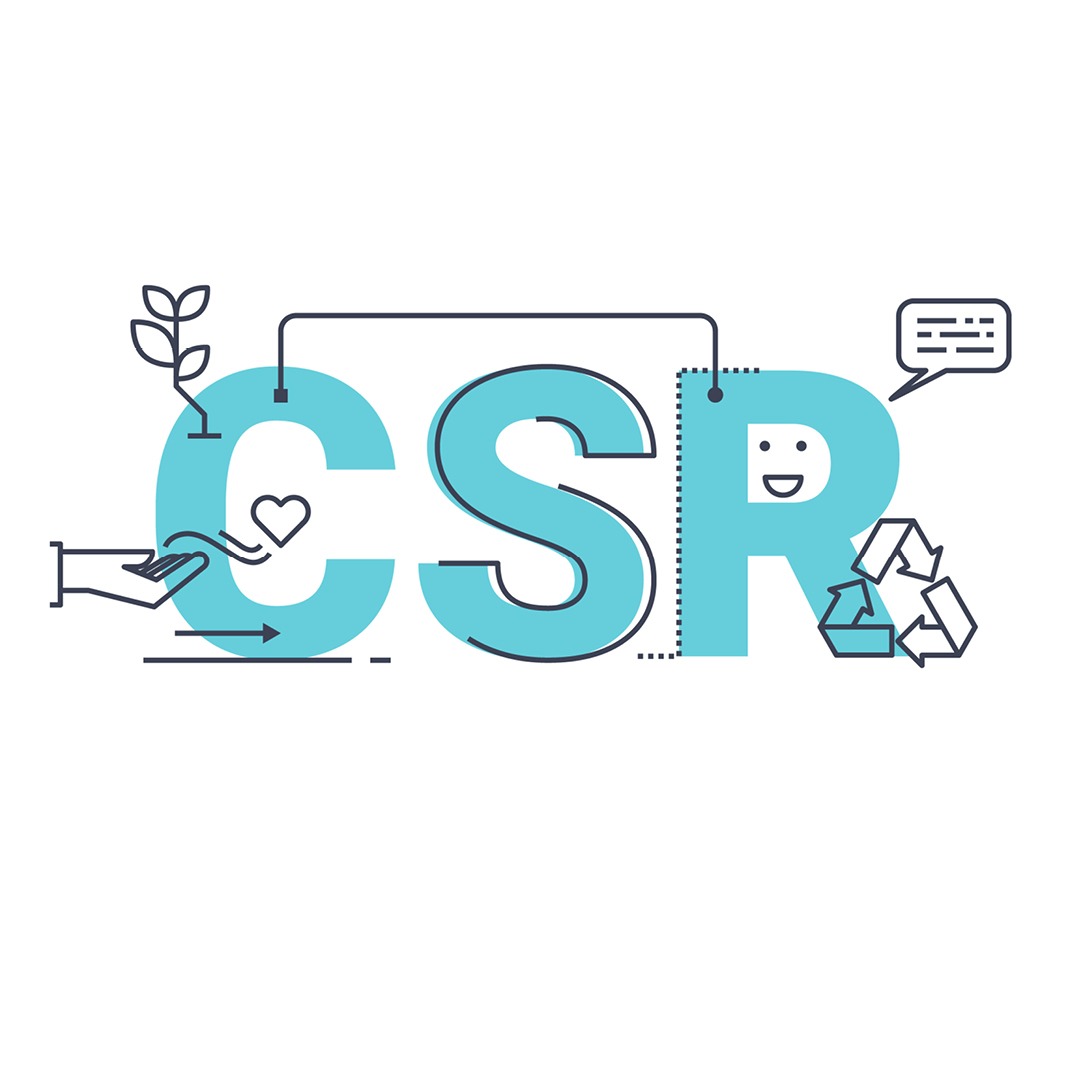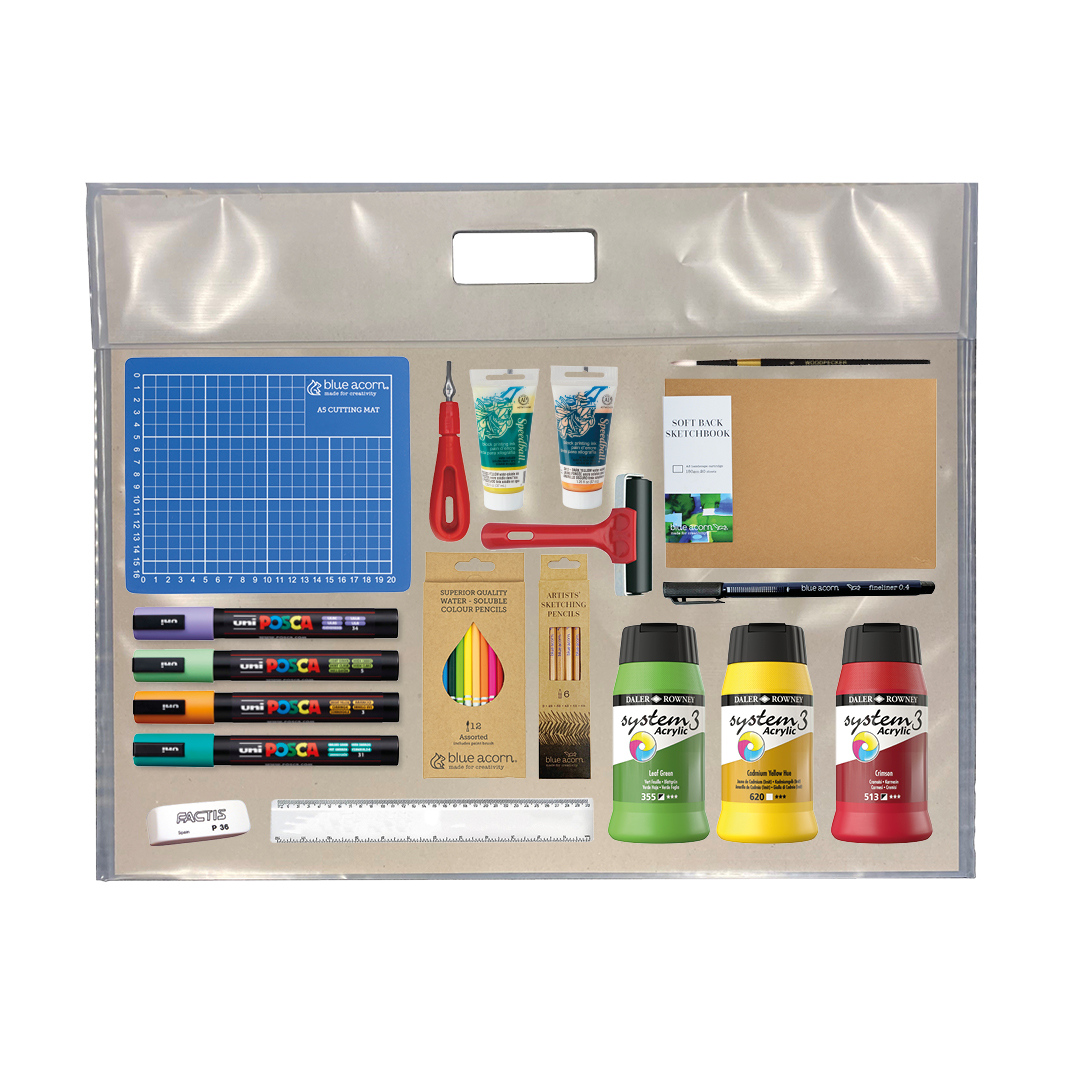Getting started with screen printing...

Getting started with screen printing: 6 things to consider
I am sure we are all aware within the educational creative art scene, the importance and popularity of screen printing. Not only is it crucial for students to have in their portfolio when entering art college or art universities, it's also an exciting new activity to keep students interested and attract more students into studying art.
Consideration 1: Screen printing frames - buy ready-made or stretch your own/ re-stretching.
I guess this subject is similar to stretching your own canvases.
The benefit of stretching your own screen-printing frames is it can improve your print performance and you can customize them to your own preferences. The downside of this is it takes up precious time and an awful lot of effort.
The benefit of buying ready-made frames is that they are ready to use as soon as delivered. You can guarantee they are fantastic quality due to our local, specialist manufacturer.
To conclude the best option for beginners or student classrooms are ready made frames. If you are starting out in screen printing the process that goes into making the frames might be intimidating so it will save you a lot of precious time which offers more teaching time and ultimately more screen printing.








Consideration 2: Wooden or metal screen printing frames?
This is a big debate, and the answer depends on - how seriously you want to take screen printing/ how long you plan on doing screen printing/ the funds you have available for screen printing.
Let’s make a start with wooden screen printing frames:
- This is the most budget friendly option, and this is an obvious benefit. It’s commonly known that wooden screen printing frames are cheaper than aluminium frames.
- These are the best option if you are making your own frames and want a specific size as they can just be cut down by hand.
- Over a period of time, they can deteriorate after a number of uses. However, if cared for properly you can reuse these frames numerous times.
- The frames soak in dirt and can be more tricky to clean. Cleaning the frame can degrade the wood.
To conclude wooden frames are cheap, great for starting out in screen printing but aren’t the most durable and you may only get a limited number of uses.
- Aluminium frames are more expensive.
- They have increased durability and strength and will last longer so they have better value than wooden frames.
- They can be stripped and rescreened after use.
- They are much easier to keep clean due to the surface.
So, to conclude metal frames are more expensive but will last longer than wooden frames. They are easier to keep clean and are better to re-screen for multiple uses.
Consideration 3: Which screen printing mesh should I use?
There are a number of meshes to choose from whether it’s a ready-made frame or you are stretching your own there is a few details you need to bear in mind.
One factor is mesh count. When looking into screen printing meshes you will probably have come across these as TPC which stands for threads per centimetre. For example, you can see on the image below that the selected product is 120TPC (threads per centimetre) -


We offer 3 different variations: 120TPC, 90TPC and 43TPC.
Simply put the higher the mesh count, the more detail can be achieved in the screen printing process. Also, the higher the mesh count the less printing ink will go onto the surface. Also, if you are using water based ink the faster it will dry out of finer meshes.
Now for the all-important price question. Yes, the higher the TPC the higher the price.
Consideration 4: How to do I clean my screen printing frame?
A little tip to help you get the most out of each frame you buy; to clean your screen as soon as possible after usage. The reason for this is the longer the ink sits on the screen, the more difficult it will be to clean the screen.
We have a range of cleaning materials available such as screen cleaners and degreasers plus pressure washers , coating troughs & cotton cleaning cloths.
Cleaning process is as follows:
- Scrape off any excess ink left on the screen, then lightly rinse your screen with water.
- Apply screen cleaner/degreaser.
- Gently scrub using cotton rags or hard bristled brush
- Now use the pressure washer to wash the screen and remove the cleaner/degreaser.
- Turnover the screen and do the same process to the other side.
- Let the screens dry.
Another little tip for cleaning the outside of the frames is to use Ultra Grime wipes which get rid of the most stubborn ink, grease or paint.


Consideration 5: What other materials are needed?
Other materials you will need to get started are –
Acrylic paints to be used with a screen print medium
Screen Printing Inks




Consideration 6: Cost?
To completely kit out your class at a beginner level and with a class of between 20 - 30 children, you could do this for between £600 - £1,000.
This would include:
- 4 readymade medium sized 90TPC frames
- 4 squeegees
- 2 bottles of 5 litre medium
- A pressure washer
- Screen cleaner
I trust this article is insightful and informative and gives you an idea of the things which need to be considered when introducing screen printing. Happy screen printing!



